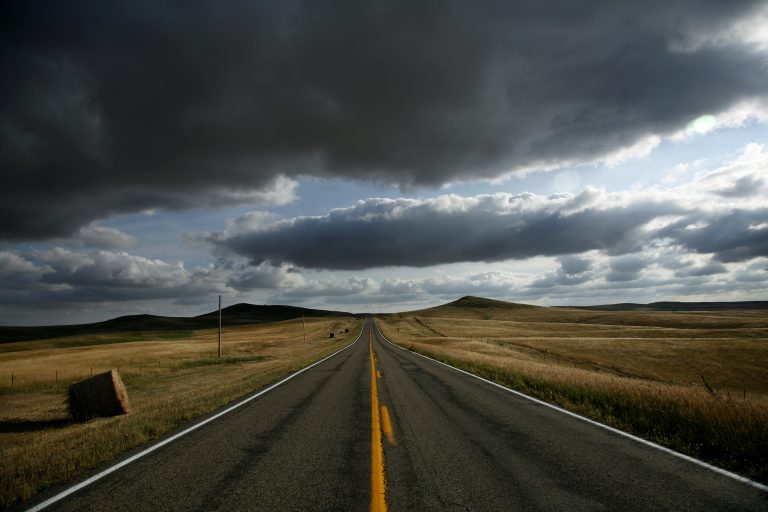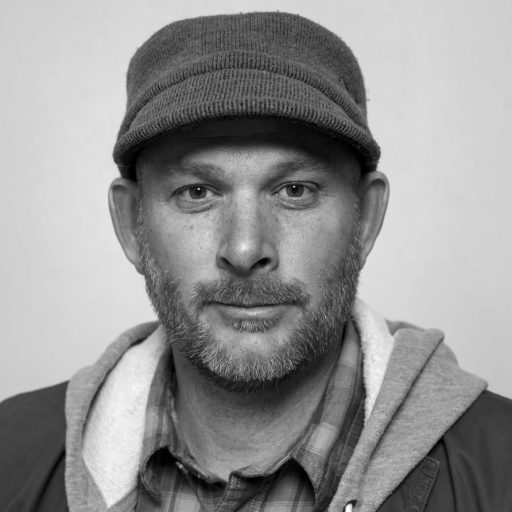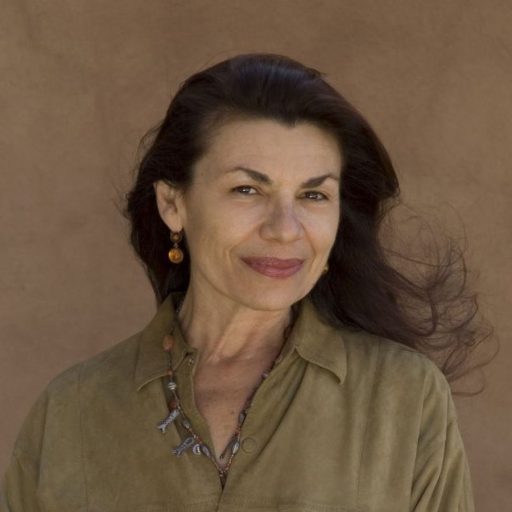DESCRIPTION
Over a period of 12 weeks this tuition-free interdisciplinary seminar (held online) will equip the first 12 participants in our program for Native Americans with the necessary tools to produce photo essays suitable for publication in an editorial context.
This Level 1 course is the first step in a program designed to train a total of 24 journalists — including 12 at an advanced level — with the latest skills in visual journalism to make and distribute compelling reports on the Native American experience for years to come. The program is operated in partnership with Buffalo’s Fire and is supported by grant from the Phillip and Edith Leonian Foundation.
For this course, participants will be encouraged to report on stories in their immediate community, but the journalism skills that are taught will be applicable on both a micro and macro level.
ELIGIBILITY
This program is designed for storytellers who identify as Native American, American Indian, Alaska Native, or Indigenous to North America. Participants should have a meaningful connection to their Native communities and heritage. While formal tribal enrollment/citizenship is one way to establish eligibility, we recognize there are various ways individuals maintain connections to their Native identity and communities. Applicants may be asked to share information about their tribal affiliation or Native heritage as part of the application process.
PROGRAM OVERVIEW
During the seminar, participants will explore how to develop a lasting career in visual storytelling, including conceiving, researching, and planning project ideas. They’ll be exposed to confronting ethical challenges as they navigate the moral maze of documenting the lives of others.
Problem-solving assignments will help them to unlock ways to work intuitively, intellectually and emotionally, so that their journalism becomes more instinctive, powerful and subtle.
Participants should expect a transformative experience, where their current way of working will be challenged and refined through a series of lectures, group discussions and critiques, and assignments.
The first half of the course covers basic concepts to ensure a strong practical and theoretical foundation and concludes with a short photo essay. The second half advances to a higher level and includes business concepts relevant to freelance journalists, multimedia training, and presentation skills.
SEQUENCE
Each week will begin with a lecture on a relevant concept in photojournalism and documentary practice. This lecture will be given by the lead tutor or a guest with high-level experience in the topic being discussed.
After this lecture, the tutor will brief the group on the assignment, due before the following week’s class. The assignments represent key subjects and approaches in narrative photojournalism and documentary photography.
During weekly feedback tutorials, work will be presented for discussion with tutors and other students. Everyone is expected to contribute to the critique of each student’s work. Participants will also be encouraged to work in pairs or small groups outside of the feedback tutorials to edit and critique each other’s work.
Participants will need to identify and research ideas for short and longer projects that should be local to them and allow for repeated access through the program. They’ll be encouraged to find subjects that fascinate them and that they have access to. The deeper their connection to the subjects they photograph, the more effective their journalism will be.
KEY TAKEAWAYS
This seminar will develop the ability to work on short photo essays in an editorial context. It will help participants to:
* Respond professionally and creatively to photojournalistic briefs;
* Photograph single documentary pictures and picture stories or series;
* Edit photographic work;
* Work to a deadline;
* Professionally present themselves and their work to an editor;
* Develop the social skills needed to get access to people at work and leisure and get permission to photograph them;
* Understand the visual potential of ideas / situations that are being researched;
* Produce short time-based media for clients.
ADDITIONAL INFORMATION
Although Level 1’s topics and assignments may initially appear too basic to a more experienced photographers, our advanced alumni found that doing the assignments helped them to become more thoughtful practitioners.
Online class time is 2-4 hours per week, depending on the topic and assignments. Outside of class, you’ll be expected to complete assignments that will take at a minimum 1 hour, and up to several hours over the course of several days in order to photograph the material required.
Apply Now
Eligible applicants (see details at the top of the page) who wish to be considered for acceptance to this tuition-free program should complete the application form linked above left. Please register for AwardForce, then select the name of this program.
Application deadline: May 19, 2025, at 23:59 EDT.




